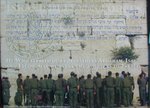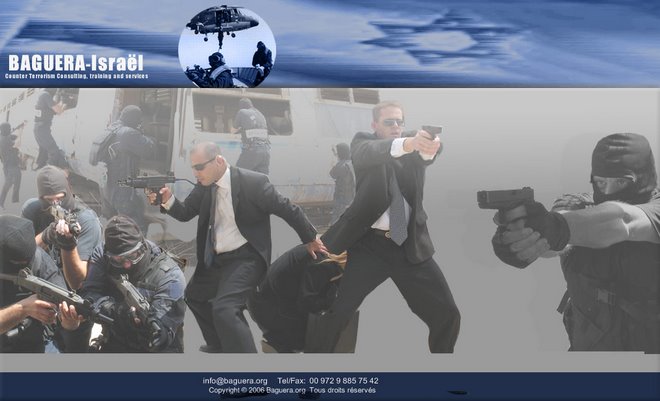And Our Concerted Response
09/10/07
On Monday, Directo
 r Mueller joined Director of National Intelligence Mike McConnell and other top officials in testifying before a Senate Committee on the current terrorist threat nearly six years to the day after the 9/11 attacks.
r Mueller joined Director of National Intelligence Mike McConnell and other top officials in testifying before a Senate Committee on the current terrorist threat nearly six years to the day after the 9/11 attacks.Some highlights of his remarks, which are posted in full online.
The threat.
- Al Qaeda, of course, remains the most serious threat, and it continues to evolve—developing new safe havens, reconstituting its leadership, and merging with regional terrorist groups that “may be more willing to assist al Qaeda in carrying out attacks against the homeland.”
- Homegrown extremists, radicalized here and willing to strike within the U.S. either in cells or as lone wolves, have become “one of the gravest domestic threats,” as evidenced by recent plots targeting the J.F.K. airport and Fort Dix that the FBI disrupted with its partners. The Director did say that “the level of intensity of extremism inside the United States does not equal that in the United Kingdom or elsewhere in Europe…”
- Understanding the tools of terrorists—especially improvised explosive devices—are an integral part of tackling the threat. The Director called for a “unified national approach” to addressing IEDs and stressed that terrorists will continue trying to get their hands on weapons of mass destruction. Single issue groups and domestic terrorists, which include “white supremacists, anarchists, and eco-terrorists,” continue to be a concern.
The last six years have seen “unprecedented change” in the FBI, as we have transformed ourselves and re-tooled on many levels—from intelligence…to personnel…to training and partnerships.- Our response to terrorism is now strategic, with our annual international terrorism threat assessments providing “strategic warning of the most critical threats,” identifying key gaps in intelligence, and pinpointing “emerging operational trends that require immediate collection and analysis.”
- We’re now highly integrated with our local, state, and national partners, with more than 250 of our personnel, for example, working in 36 fusion centers nationwide. Sixteen of these fusion centers are co-located with our Field Intelligence Groups, our primary hub for information sharing.
- We’re producing more and better threat assessments and “situational awareness bulletins” for law enforcement, including more than 260 since 2002, that highlight terrorist tactics and vulnerabilities and potential indicators of extremist activity.
- Our “extensive outreach” to Muslim, South Asian, and Sikh communities—including regular meetings at national and local levels—is building trust and dispelling myths about the FBI.
- We continue to strengthen our training, with 100 extra hours in national security areas for new agents, an improved 10-week course for analysts developed in concert with the Director of National Intelligence and the CIA, and other efforts.
Resources: - July 2007 National Intelligence Estimate- January 2007 Worldwide Threat Testimony- Inside the New York Joint Terrorism Task Force series
































 While doing IDF (Israel Defence Forces) reserve duty on a mountain overlooking the
While doing IDF (Israel Defence Forces) reserve duty on a mountain overlooking the 





No comments:
Post a Comment